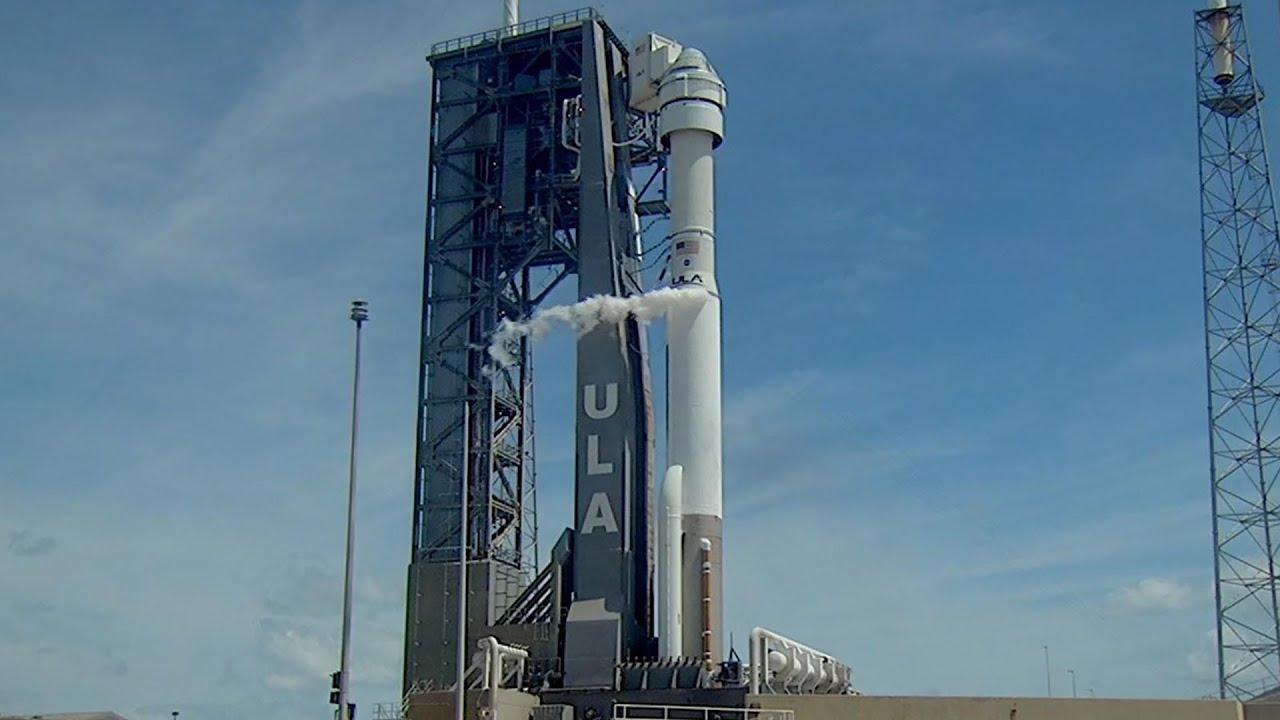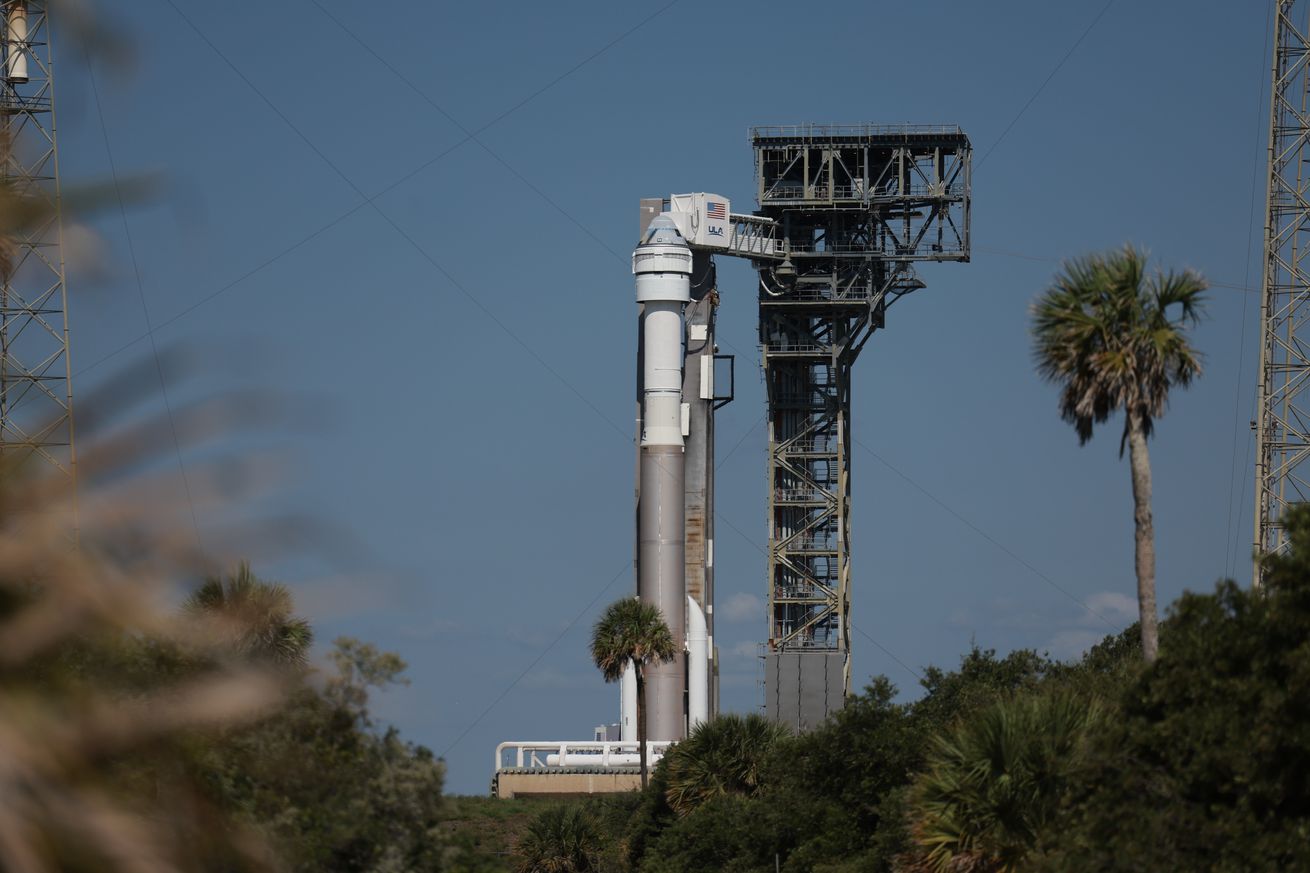Starliner Launch Details

The Starliner launch is a significant milestone in the history of space exploration. Scheduled to lift off from Cape Canaveral, Florida, on May 19, 2023, the Starliner spacecraft will embark on a crucial mission to the International Space Station (ISS).
The Starliner launch, a testament to human ingenuity, carries the promise of a celestial dance. As the spacecraft ascends, our gaze is drawn upward, where the boundary between sky and fever blurs ( sky vs fever ). The ethereal expanse above echoes the anticipation and excitement that accompany this historic endeavor.
The Starliner’s journey mirrors our own yearning to reach for the stars, a testament to our unyielding pursuit of the unknown.
This uncrewed flight test, known as OFT-2, aims to demonstrate the spacecraft’s ability to safely transport astronauts to and from the ISS. The mission will involve a series of complex maneuvers, including docking and undocking from the space station, as well as testing the spacecraft’s systems and capabilities.
The Starliner launch is set to take place later today, and space enthusiasts around the world are eagerly awaiting the event. While you wait for the launch, you can catch the highly anticipated boxing match between Deontay Wilder and Robert Helenius.
The fight will be streamed live on where to watch deontay wilder fight , so be sure to tune in for all the action. After the fight, don’t forget to check back here for the latest updates on the Starliner launch.
Key Technologies and Innovations
The Starliner spacecraft incorporates several cutting-edge technologies and innovations that enhance its safety, reliability, and efficiency:
- Advanced Abort System: In case of an emergency during launch or ascent, the Starliner’s advanced abort system can quickly and safely separate the spacecraft from the rocket, protecting the crew.
- Resilient Avionics: The spacecraft’s avionics systems are designed to withstand harsh space conditions and provide redundancy, ensuring reliable operation even in the event of a component failure.
- Environmental Control and Life Support Systems: The Starliner’s environmental control and life support systems provide a comfortable and breathable environment for the crew, regulating temperature, humidity, and air quality.
- Autonomous Rendezvous and Docking: The spacecraft is equipped with autonomous navigation and guidance systems that allow it to perform precise rendezvous and docking maneuvers with the ISS without human intervention.
Mission Timeline and Objectives: Starliner Launch

The Starliner mission is a highly anticipated spaceflight that will test the capabilities of the spacecraft and its crew. The mission is scheduled to launch in 2023 and will dock with the International Space Station (ISS) for a six-month stay.
During the mission, the Starliner crew will conduct a series of scientific experiments and research projects. These experiments will focus on a variety of topics, including human health, space biology, and materials science. The results of these experiments will help us to better understand the effects of long-duration spaceflight on the human body and to develop new technologies for future space missions.
Mission Timeline
- Launch: The Starliner spacecraft will launch from the Kennedy Space Center in Florida. The launch will be conducted by a United Launch Alliance Atlas V rocket.
- Rendezvous with the ISS: After launch, the Starliner spacecraft will rendezvous with the ISS. The spacecraft will use its thrusters to match the speed and altitude of the ISS.
- Docking with the ISS: Once the Starliner spacecraft has matched the speed and altitude of the ISS, it will dock with the station. The docking process will be conducted using a robotic arm on the ISS.
- Six-month stay on the ISS: The Starliner crew will spend six months on the ISS. During this time, they will conduct a series of scientific experiments and research projects.
- Return to Earth: After six months, the Starliner crew will return to Earth. The spacecraft will undock from the ISS and use its thrusters to slow down. The spacecraft will then enter Earth’s atmosphere and land in the Atlantic Ocean.
Scientific Experiments and Research, Starliner launch
The Starliner crew will conduct a series of scientific experiments and research projects during their six-month stay on the ISS. These experiments will focus on a variety of topics, including:
- Human health: The Starliner crew will participate in a series of experiments to study the effects of long-duration spaceflight on the human body. These experiments will focus on a variety of topics, including bone loss, muscle atrophy, and immune function.
- Space biology: The Starliner crew will conduct a series of experiments to study the effects of spaceflight on plants and animals. These experiments will help us to better understand how living organisms adapt to the unique environment of space.
- Materials science: The Starliner crew will conduct a series of experiments to study the effects of spaceflight on materials. These experiments will help us to develop new materials for future space missions.
Role of the Starliner Crew
The Starliner crew will play a vital role in carrying out the mission’s objectives. The crew will be responsible for operating the spacecraft, conducting the scientific experiments, and maintaining the ISS. The crew will also be responsible for representing the United States and NASA on the international stage.
Challenges and Risks
The Starliner launch and mission are complex endeavors that involve several potential challenges and risks. These include technical malfunctions, human error, environmental factors, and the unpredictable nature of space.
To mitigate these risks, Boeing and NASA have implemented a comprehensive safety plan that includes rigorous testing, redundancy in critical systems, and extensive training for the crew. The spacecraft has been designed with multiple backup systems to ensure that it can safely return to Earth even in the event of a major failure.
Technical Malfunctions
One of the biggest challenges of any space mission is the possibility of technical malfunctions. These can range from minor glitches to catastrophic failures that could jeopardize the mission or even the lives of the crew. To mitigate this risk, Boeing and NASA have conducted extensive testing of the Starliner spacecraft and its systems.
- The spacecraft has been subjected to a variety of environmental tests, including extreme temperatures, vibration, and radiation.
- The software has been rigorously tested to ensure that it is reliable and free of errors.
- The crew has undergone extensive training to prepare them for any potential emergencies.
Human Error
Another significant risk factor is human error. Even the most experienced astronauts can make mistakes, and these mistakes can have serious consequences. To mitigate this risk, Boeing and NASA have implemented a number of measures, including:
- The spacecraft is designed with multiple layers of redundancy to prevent any single mistake from causing a catastrophic failure.
- The crew is extensively trained to follow procedures and checklists.
- There is a dedicated team of engineers and technicians on the ground who can provide support to the crew in the event of an emergency.
Environmental Factors
The Starliner spacecraft will be exposed to a variety of environmental factors during its mission, including extreme temperatures, radiation, and microgravity. These factors can pose a significant risk to the crew and the spacecraft itself.
- The spacecraft is designed to withstand extreme temperatures, from -250 degrees Fahrenheit to 1,200 degrees Fahrenheit.
- The spacecraft is also equipped with a radiation shield to protect the crew from harmful radiation.
- The crew will undergo training to prepare them for the effects of microgravity.
Unpredictable Nature of Space
One of the biggest challenges of any space mission is the unpredictable nature of space. Even with the most careful planning and preparation, there is always the potential for something unexpected to happen. To mitigate this risk, Boeing and NASA have developed a number of contingency plans.
- The spacecraft is equipped with a variety of sensors and instruments to monitor its systems and the surrounding environment.
- The crew is trained to respond to a variety of emergencies.
- There is a dedicated team of engineers and technicians on the ground who can provide support to the crew in the event of an emergency.
The Starliner launch, a testament to human ingenuity, reminds us of our enduring fascination with the sky. Like the feverish anticipation of a basketball game ( sky vs fever ), the launch ignites a collective fervor. As the spacecraft ascends, it carries with it our hopes and dreams, a symbol of our unwavering pursuit of the unknown.
The Starliner launch is a testament to human ingenuity and perseverance. As the spacecraft embarks on its journey, we can’t help but be reminded of the thrilling spectacle of the Deontay Wilder fight channel. Just as Wilder’s relentless determination led him to victory, the Starliner launch embodies the indomitable spirit of exploration that drives us forward into the unknown.
Starliner’s successful launch marks a significant milestone in space exploration. As we eagerly anticipate the spacecraft’s arrival at the International Space Station, it’s worth noting that another highly anticipated event is just around the corner: the UFC 302 card.
Featuring a stacked lineup of championship fights, this event promises to deliver non-stop action and excitement. Meanwhile, Starliner’s mission serves as a reminder of the boundless possibilities that lie ahead in our pursuit of the cosmos.
